When you get new tires, you might see small red and yellow dots on the sidewalls, but overlooking these marks could lead to costly issues.
Importance of tire dots: red and yellow
When buying new tires, you may notice small red and yellow dots on the sidewalls.
These aren’t random marks. Instead, they’re critical indicators for proper tire installation and balancing, which directly affect driving comfort and safety.
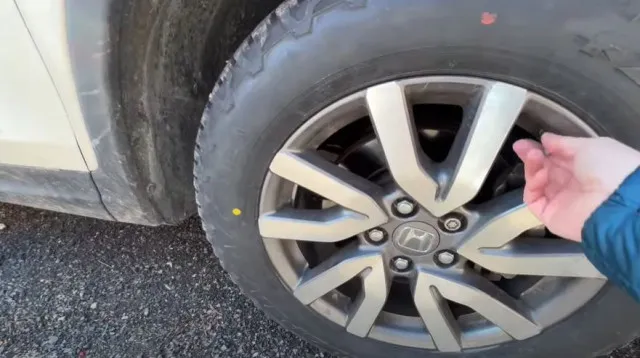
The yellow dot: lightest point alignment
The yellow dot on a tire marks its lightest point. When mounting a tire, align the yellow dot with the valve stem on the wheel.
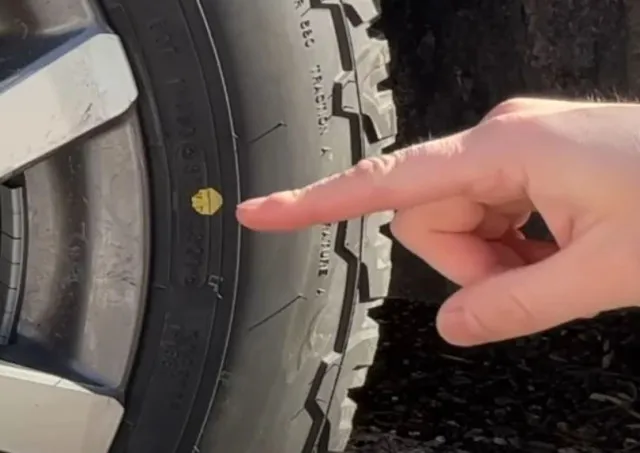
Since the valve stem is usually the wheel’s heaviest part, this alignment helps balance the tire from the beginning. Proper alignment minimizes the need for additional balancing, reducing vibration and enhancing ride smoothness.
The red dot: flat spot indication
In addition to the yellow dot, many tires also feature a red dot.
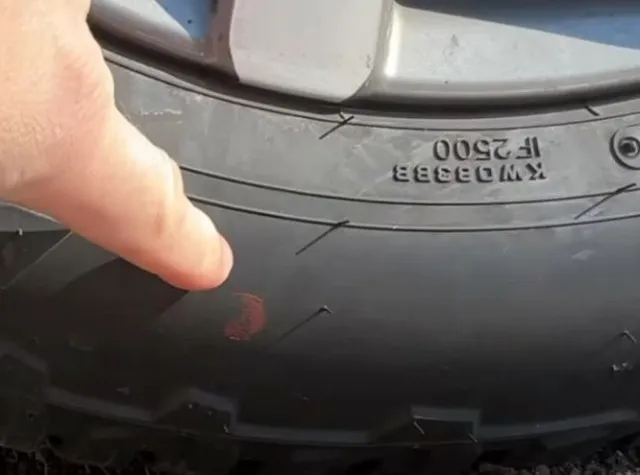
This dot represents the flattest spot on the tire’s circumference, crucial when matching it to slight irregularities on the wheel.
The red dot should align opposite the wheel’s high point, which may be marked by a notch or colored dot. Correct red dot alignment further reduces vibrations, ensuring a smoother and more balanced ride.
Why ignoring the dot on your tire could be a costly mistake
These dots reveal minor inconsistencies in a tire’s weight and shape, which are typical even in new tires.
Left unaddressed, these imbalances lead to vibrations when the vehicle moves. Unbalanced tires make for an uncomfortable ride and negatively affect fuel efficiency, braking, and overall vehicle control.
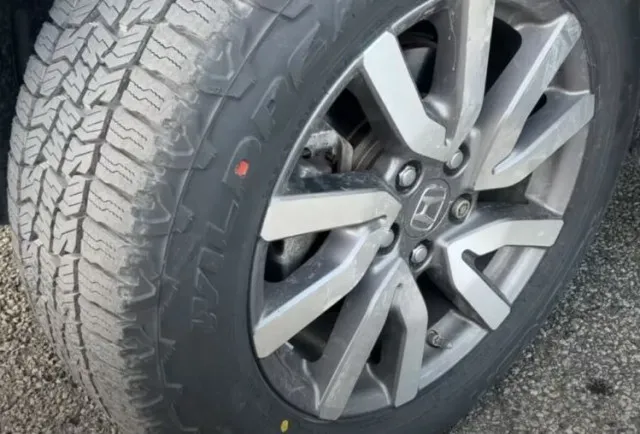
Ensuring proper tire alignment and balance is essential for maintaining optimal road contact, especially during critical maneuvers.
Wheel balancing methods: Dynamic vs. Match-Balancing
Dynamic balancing: This method adds weights to specific points on the wheel to offset imbalances in the tire.
Match-balancing: This method aligns the tire’s low point with the wheel’s high point. Match-balancing is especially effective if your wheels lack marks for alignment guidance.
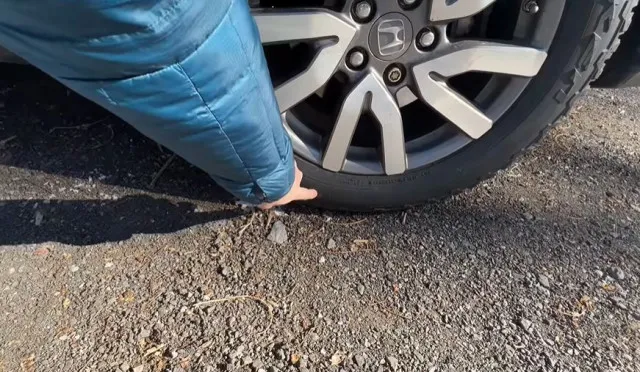
For the best performance, consider asking for match-balancing with new tires to achieve an optimal balance.
Over time, various factors can cause tire imbalance, including:
– Natural tire wear
– Incorrect inflation
– Misalignment
– Fallen wheel weights
– Valve stem issues
– Long periods of inactivity
– Wheel impacts, such as from curbs or potholes
To maximize tire life and ensure a smooth drive, regularly check tire pressure and rotate your tires every 5,000 to 8,000 miles.
Paying attention to the small dots on your tires is an easy way to maintain tire balance and improve driving comfort. By following simple alignment tips and regular maintenance, you’ll extend tire life and enhance overall vehicle performance.